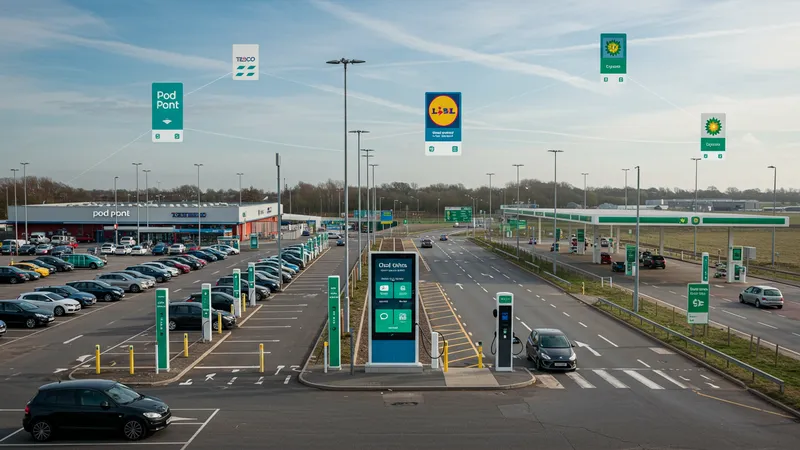
Charging Stations : Insights And Solutions
Charging Stations: Insights and Solutions — Network Coverage and User Accessibility
Network coverage stands out as a critically important feature for charging station solutions in the United Kingdom. For EV users, an extensive network means reduced range anxiety and more flexible travel. Pod Point leads with over 7,300 public charge points across the UK, integrating with supermarkets like Tesco and Lidl. This broad presence allows users to charge conveniently during daily routines, highlighting the importance of strategic partnerships in expanding access and visibility for the network.

In terms of user accessibility, BP Pulse continues to gain traction by installing rapid chargers along motorways and A-roads, often in collaboration with major retailers and service stations. These placements are designed to mirror traditional fuel station experiences, providing a familiar sense of reliability and convenience to new EV users. The ability to handle contactless payments and app-based navigation further streamlines the process, demonstrating how accessibility is both physical and digital.
Zap-Map reports that over 80% of UK EV owners consider the ease of locating and paying for a charger as top priorities. This sentiment drives the development focus for networks like Octopus Electroverse, whose ‘one-card-for-all’ system eliminates the complication of needing multiple memberships or smartphone apps. Such interoperability is increasingly recognised as fundamental to mass EV adoption in the UK, influencing technology choices across the sector.
Efforts to prioritise placement in both densely populated urban areas and underserved rural regions demonstrate commitment to inclusivity. Public funding incentives target ‘charging deserts,’ while data-driven siting tools guide private developers to locations with maximum impact. As coverage grows, the focus shifts to optimising the user interface and ensuring each station is as intuitive and accessible as possible. The next page will examine how pricing models and payment technology shape the user experience.